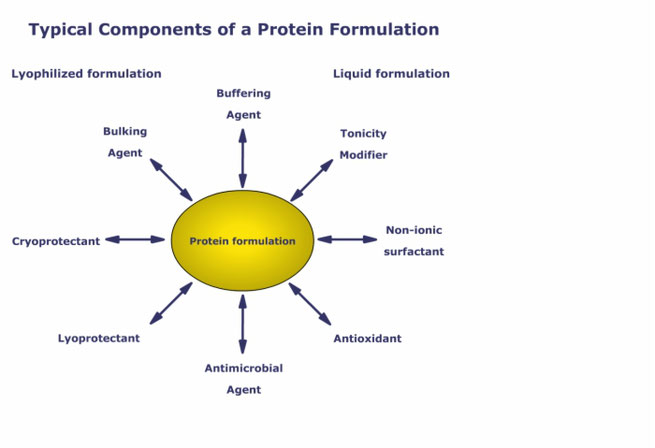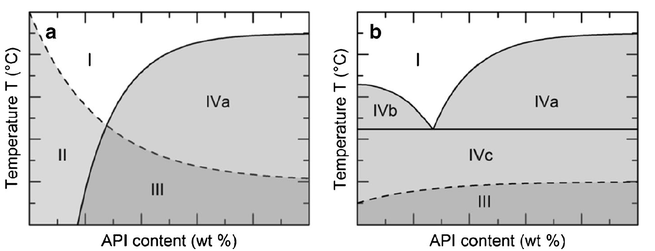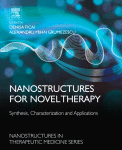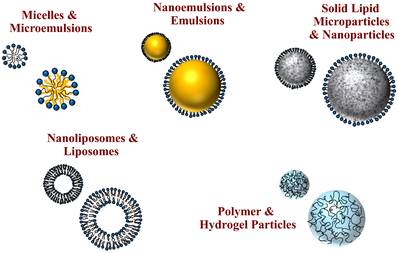- Home
- Blog
- News
- Basics
- Sources
- Agencies, Regulatory & Organisations
- CERSI Excipients Browser
- Excipient Report
- Excipient DMF List
- EXCiPACT Certified Companies
- Excipient Documentation
- Excipient EINECS Numbers
- Excipient E-Numbers
- FDA Inactive Ingredient List
- FDA GRAS Substances (SCOGS) Database
- IPEC Americas
- USP - U.S. Pharmacopeia
- Definitions
- Whitepapers / Publications
- Supplier
- Services
- Media
- Events
- 1st pharmaexcipients Poster Award
- Event Calendar
- Events featured by pharma-excipients
- 4th Annual Formulation & Drug Delivery Congress
- DDF Summit
- ExcipientFest Americas
- ExcipientFest Asia
- Global CompliancePanel
- International Conference and Exhibition on Pharmaceutics & Novel Drug Delivery Systems
- Formulation & Drug Delivery USA Congress
- Laboratory Medicine 2018
- Making Pharmaceuticals Europe
- Making Pharmaceuticals Exhibition
- Pharma Integrates
- PharmaExcipients China @CPhI China
- TTC Technology Training Center
- Jobs
- Online Sourcing
- Contact
17. August 2018
At the BASF Solubilization Symposium Dr. Frank Romanski speaks about poorly water-soluble drugs, solubilization techniques, lipid complexity and the need for surfactants.
30. July 2018
Injection site reactions (ISRs) and other adverse side-effects are commonly observed during therapy with biologics. These hypersensitivity related side-effects can vary from simple rash to life-threatening anaphylactic reaction, and may be linked to the immunogenicity of the drug including formation of antidrug antibodies. Reactions can also occur as a consequence of excipients in the product. We report the case of a patient who developed erythematous ISRs to both commercial PCSK9i formulations...
10. July 2018
Future Market Insights (FMI) delivers key insights on the global biologic excipients market in its upcoming report titled “Biologic Excipients Market: Global Industry Analysis 2013–2017 and Opportunity Assessment 2018 – 2028”. In terms of revenue, the global biologic excipients market is projected to register a CAGR of 3.6% over the forecast period owing to various factors, regarding which FMI offers detailed insights and forecasts in this report. Global Biologic Excipients Market:...
12. June 2018
Preservatives are excipients essentially needed in pharmaceutical multi-dose formulations to prevent microbial growth. Among available substances, phenol is widely used for parenterals, however, it is known to interact with non-ionic surfactants like polysorbate and potentially with the active pharmaceutical ingredient. Although the need for combinations of surfactants and preservatives is growing, to date possible molecular interactions which can eventually weaken the stability and...
02. June 2018
The aim of the study is the evaluation of the impact of glyceryl ester surfactants on cell permeating properties of SEDDS (self-emulsifying drug delivery systems). Methods SEDDS containing the glyceryl ester surfactants polyglyceryl-3-stearate (TGlysurf9), polyglyceryl-5-oleate (TGlysurf11.5) and glyceryl stearate citrate (TGlysurf12) were prepared and characterized regarding droplet size and zeta potential. Toxicity studies were performed on Caco-2 cells using resazuring assay. The...
16. April 2018
Surfactants are common stabilizers, often added to biopharmaceuticals formulations, but the mechanisms at the basis of their activity are unclear. The aim of this work is to provide insight into the molecular factors underlying surfactant effectiveness as protectants. Methods Molecular Dynamics simulations of human growth hormone (hGH) in the presence of Tween 20 were performed. The effect of Tween 20 was compared with the activity of commonly used protectants, such as the disaccharides....
12. April 2018
The oral bioavailability of poorly water-soluble active pharmaceutical ingredients (APIs) can be improved by the preparation of amorphous solid dispersions (ASDs) where the API is dissolved in polymeric excipients. Desired properties of such ASDs like storage stability, dissolution behavior, and processability can be optimized by additional excipients. In this work, the influence of so-called low-molecular-weight excipients (LMWEs) on the phase behavior of ASDs was investigated.
11. January 2018
The oral bioavailability of poorly water-soluble active pharmaceutical ingredients (APIs) can be improved by the preparation of amorphous solid dispersions (ASDs) where the API is dissolved in polymeric excipients. Desired properties of such ASDs like storage stability, dissolution behavior, and processability can be optimized by additional excipients. In this work, the influence of so-called low-molecular-weight excipients (LMWEs) on the phase behavior of ASDs was investigated.
22. November 2017
Lipid nanoparticles are widely explored in many therapeutic, targeting, and imaging areas. Among the various nanoplatforms, lipid-based nanostructures offer better attributes to drug delivery, such as high loading capacity, biocompatibility, improved physicochemical and long-term stability, ease of surface modification, adjustable drug release, and enhanced bioavailability.
10. November 2017
The design and development of nanoparticle- and microparticle-based delivery systems for the encapsulation, protection, and controlled release of active agents has grown considerably in the agrochemical, cosmetic, food, personal care, and pharmaceutical industries.









